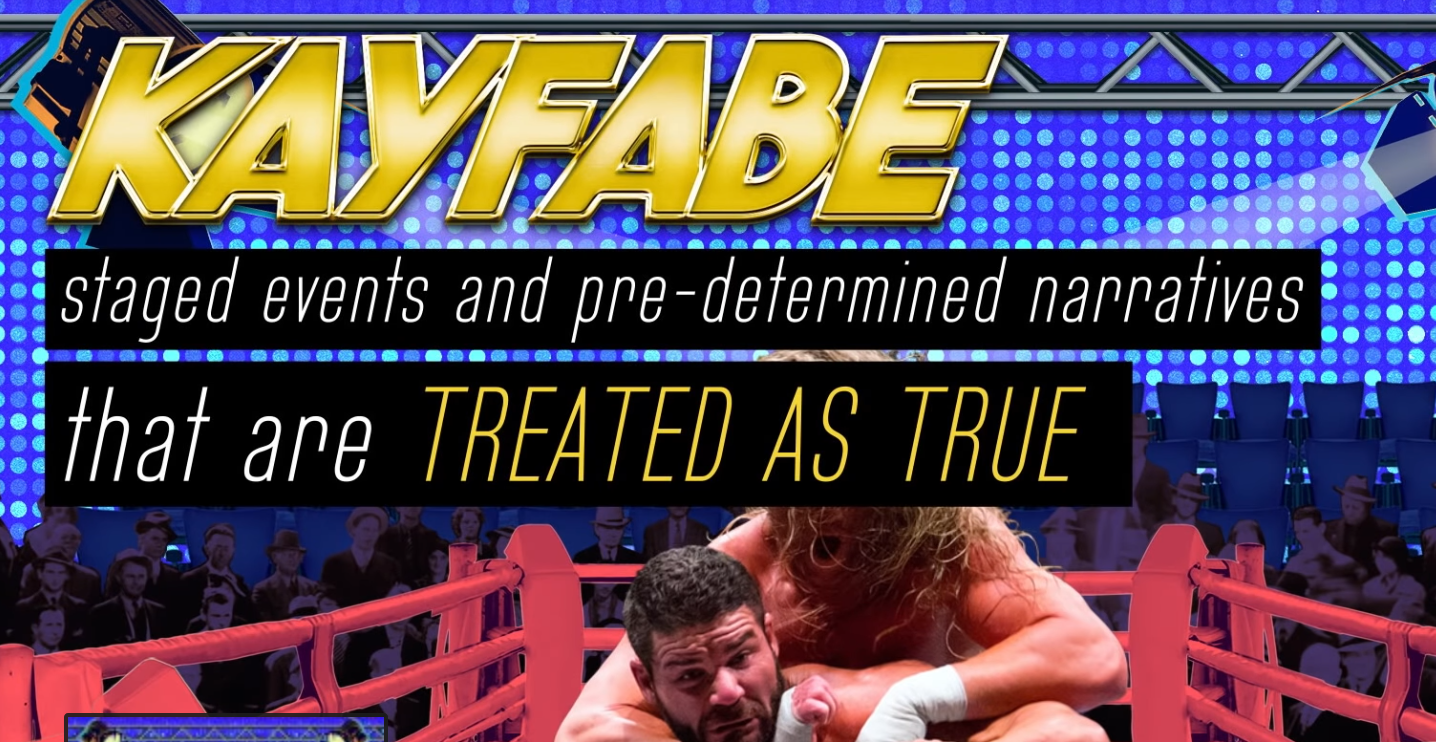
Data’s destroying the client-agency relationship.
Any CEO of an ad agency or digital marketing firm wouldn’t be spilling any dark secret by revealing that the agency-client relationship is already under extreme stress with all the changes in technology and media.
A lot of that deterioration was due to ad agencies and marketing firms sitting idle or moving flat-footed as their clients adopted marketing and business models that rely less on agencies as a valued strategic partner and more as a simple contractor or vendor.
An unraveling to the point where agencies are hired to do the things that we (as companies) don’t know how to do or simply don’t want to deal with.
FAANGS led and empowered the agency-client breakup.
The first wave of this new breed of agency resistant clients were the tech-oriented FAANGs (Facebook Amazon, Apple, Netflix, Google) and their brethren. In addition to delighting users with convenient, and often, addicting services, these businesses have a killer and increasingly unassailable marketing advantage: they have vast amounts of data and insights on their customers. Leverage they can exploit for marketing, sales operations, and customer experience.
This data gives them rich, deep strategic insights into their customers. A level of insight far greater than many of the agencies and consultancies that knock on their door seeking to work with them. These are the same agencies and consultancies that once used to come to client meetings with data and research in hand to help guide client marketing programs and the organization. A once important role as clients truly needed it.
As the data amassed within businesses grows and is refined, that consultative space and need for strategic collaboration between client and marketing agencies will grow further and further apart. A deterioration of added value via data and insights that will push marketing agencies to simply providing design or creative tailored to the client’s internally generated data or executing media purchases against creative.
Why hasn’t agency-client deterioration happened en masse yet?
While FAANG companies get it and are doing it, most other companies are only slowly coming to fully realize the power of their own internally generated data.
Nor do these other companies yet understand just how much of an advantage data really gives to the FAANG companies in their marketing and operations. For instance, Amazon can see what products consumers are really buying on their platform and then make their own competing brand.
And worse, like that example, many companies can’t yet see how this trend will threaten their own business if they fail to really exploit their own data.
Amazon’s data drives its marketing.
Let’s go back to Amazon. The company owned by Jeff Bezos knows what you like to buy. Not just from your history of purchases, but from finding predictive patterns in the billions of other purchases of other Amazon customers.
With all that data, Amazon can analyze your buying habits. It knows if you’re price sensitive. If you’re brand conscious. Through its voice-assistant Alexa, a device that you’ve likely shared to-do lists with, song preferences, content interests, and have made purchases through, it knows even more about you – and how to target you.
In fact, Amazon’s data on user buying habits is so valuable, some vendors have tried (some have been successful) to bribe Amazon employees for access to that data in order to use it for their own company’s advantage.
Or let’s look at Facebook. The data customers share with Facebook (“likes” and keywords from shared posts) enables the social networking company to allow advertisers to micro-target consumers.
Use Spotify? It shares music with you. At the same time, it collects data and analyzes your music choices. Data that allows it to tell what kind of mood you’re in or link music choices to demographics to identify optimal times for a sales pitch and to serve ads.
While the FAANG companies are way ahead, eventually clients and organizations are soon going to figure out what companies like McKinsey have been saying for a while:
that their data is the most valuable resource they have to market and connect to consumers.
What key element makes that data valuable for your organization?
The same as the FAANGs, your content.
As customers are interacting with your content, your company or organization is converting your content interaction (especially if it’s finable, engaging and relevant) into data.
Want better data? Treat content as an asset.
Content is one of the most valuable tools you have in building better data and better sales with users and customers.
A McKinsey report Measuring the Full Impact of Digital Capital argues that digital capabilities like content should be viewed as assets, not expenses. Increasingly, your content and your digital environment are where both customer insights and customer contact happens.
An excerpt from the report:
“The need for growth and competitiveness will force companies to build strong digital capabilities. Viewing them as assets rather than additional areas of spending requires a new set of management and financial lenses. Embracing them is a major shift—but one worth making for companies striving to master a still-evolving landscape.“
As an organization, you must create and use the right content to tell customers about topics they want to know about. With the right analytical tools around the content, to measure engagement, behaviors, and interest, you get to know about them as well.
As clients embrace data, agencies are simultaneously surrendering value to clients by commoditizing content.
Creating content that helps you build data is the key. Yet for many clients, I’m finding their agencies have shifted attention and resources to focus on the still-profitable web site development. A focus on areas like design and UX.
Very important in the build-development phase of a website or redesign. But in many cases, many are merely building places for content instead of strategic structuring of content for optimizing engagement and generating insight data collection that will transform content into better assets for their clients.
That is because many are gladly relinquishing being the lead or outsourcing flat content creation or leaving clients to reclaiming more and more responsibility for creating content.
I’m reminded of a quote from, content strategist and founder of Brain Traffic In her blog post The Discipline of Content Strategy, Kristina Halvorson…
“I was mad that digital agencies always left it to the client to “do the content,” when the client clearly didn’t have the skills or capacity to manage it.“
And to be honest, many clients don’t right now. I’ve worked with clients who are horrible at creating engaging content. Usually, by creating great walls of content no one wants to read. Then, pouring it in a web page on the site somewhere that takes a treasure map to find it.
Most clients aren’t good at content. But nothing creates change like a necessity. Like a toddler who keeps falling down when they are trying to walk. If they have to, eventually they’ll get good at standing up, and one day learn how to run.
For an agency, that will prove to be a tragic mistake in the client-agency relationship.
Why? You’re relinquishing the one area that clients are still least able to manage and develop.
A pivot to bet on a part of the business (web design, data, personalizations and analytics) that, very profitable now, but in the future, the client will inevitably become automated to the point where clients will have the tools like data and turnkey data services and website development that they can to do a majority themselves or with in-house design resources.
I see this happening now in a company I used to work for. Most of their promotions on LinkedIn spout capabilities around data and personalization that is power by mass-marketed software solutions like Adobe or another name brand partner. They are merely positioning themselves for the income to integrate them. I always look at them and think to myself, how easy would it be for me as a company to buy the software and have internal resources manage it?
Probably the only thing that keeps them (clients) from doing do is lack of knowledge in house and not wanting the hassle. But like the toddler trying to walk, in time, they’ll get more confident and better at it.
This use of data will change the consultative role with agencies.
“Walking” is not so far in the future. Clients will soon be able to turn to themselves and see that have the data, insights, and with Adobe and other software companies, many of these functions are increasingly being automated and many will be nearly over-the-shelf product or updatable subscriptions.
When they become mass adopted, agencies will be looking through the client’s window to see software they don’t own on the other side with their clients. At them moment, they’ll ask, “what value do we bring?”
They might say to themselves, “Hey, we could help you develop content….oh yeah, they do that now.”































